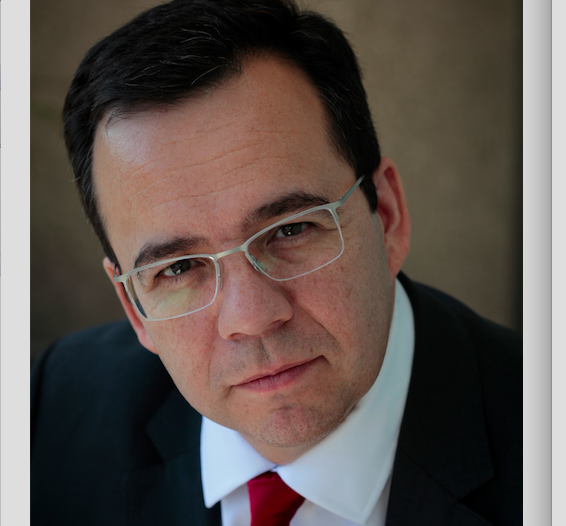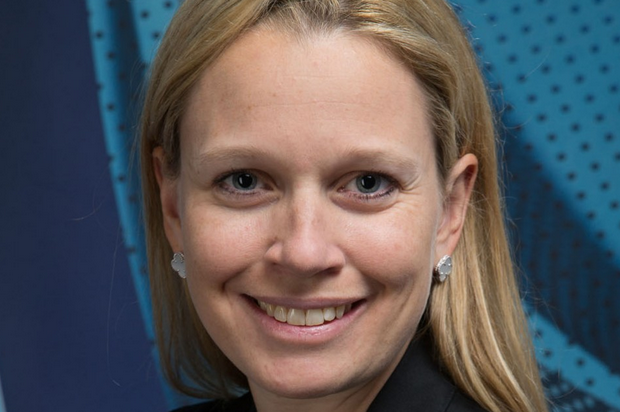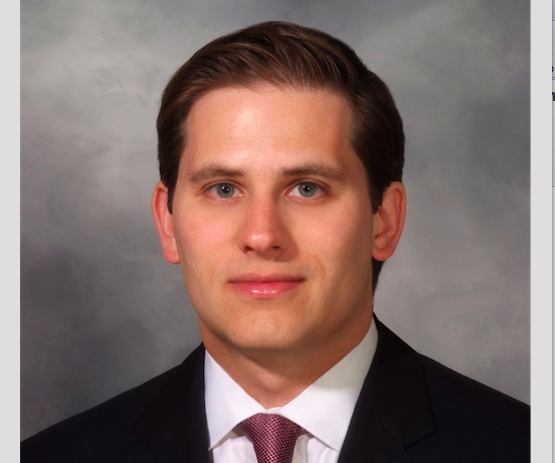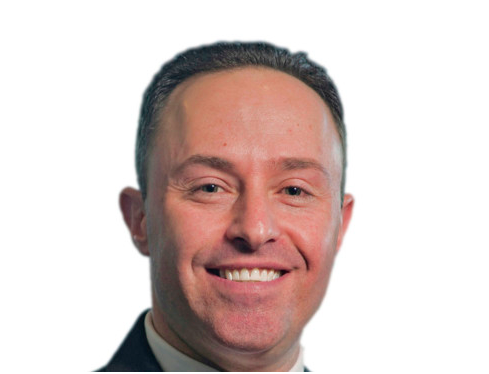Negative Rates Have Overstayed Their Welcome
| By Fórmate a Fondo | 0 Comentarios

Low rates are a problem. An article las week in The Wall Street Journal notes that more than $8 trillion of sovereign debt now trades at negative rates. But negative rates have now overstayed their welcome, and policymakers need to consider the unintended consequences.
This problem is something the Federal Reserve is already aware of, though it is unclear if other central banks are too, points out Kathleen Gaffney, Co-Director of Diversified Fixed Income, and Henry Peabody, Diversified Fixed Income Portfolio Manager at Eaton Vance, in the company´s blog.
Both belive that there was a time for emergency measures. While the global economy is not out of the woods, and an adjustment to higher rates would be painful for a few groups, marginally higher rates would likely be a positive at this point. However, explain the managers, this would require central bankers to admit that they are not central planners and there are limits to monetary policy.
“When global central banks began their march to zero, it was well-intentioned. Lower rates spur investment and increased money supply lead to inflationary pressures as the cost of capital is reduced. But something has changed. It’s unclear what precise threshold was crossed, but incentives and risks have shifted. This brought with it unintended consequences that outweigh the benefits of 0% rates”, say.
The cost of capital is artificially low and distorting the capital markets. Corporations, at least partially at the behest of the short-term nature of many shareholders, began to embrace the low risk-adjusted return by buying back their own shares. So yes, an extended period of emergency monetary policy has benefitted some.
However, Gaffney and Peabody highlights that this has come at the expense of savers. “Savers have been forced out of bonds and into equities in order to pick up lost return. Now, the volatility in the equity market has an outsized impact on psychology and, perhaps, spending. The impact on savers has been so severe that many are highlighting the ironic and sad increase in “liabilities” associated with low returns; attaining goals is that much harder”.
According to the experts, the Fed (and other central banks) would be well-served to increase rates and generate both a more meaningful cost of capital, as well as improve income for savers. Higher rates would likely ease the pressure on consumers, allowing them to spend. This, along with well needed infrastructure spending and fiscal expansion could lead to a greater demand for credit. Higher rates would be supported by fundamentals. A higher rate would also be an affirmation of growth, and would also likely bring a focus back to long term projects and capital expenditure.
This thinking, along with relative value, is behind Eaton Vance positioning in commodity related credit as well as currencies that will benefit from the combination of supportive policy and private capital inflow, and away from interest rate risk.
“The adjustment to get to higher rates will potentially be painful for some, particularly those expecting a low volatility world to persist. Capital will likely flow toward sectors of the market that offer a cushion against higher rates, and credit with improving fundamentals”, they conclude.


















